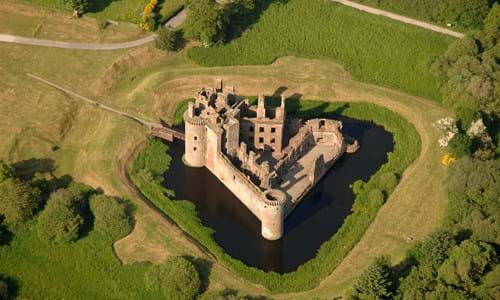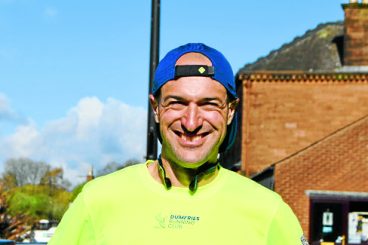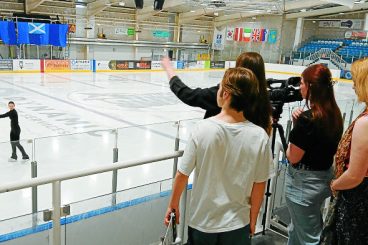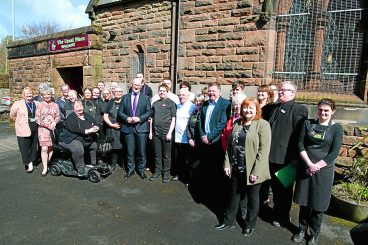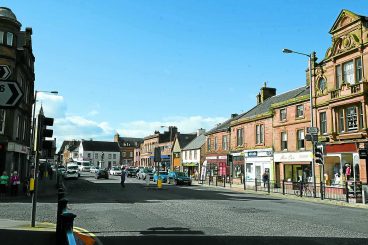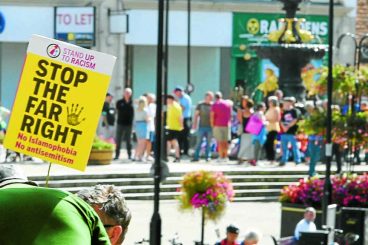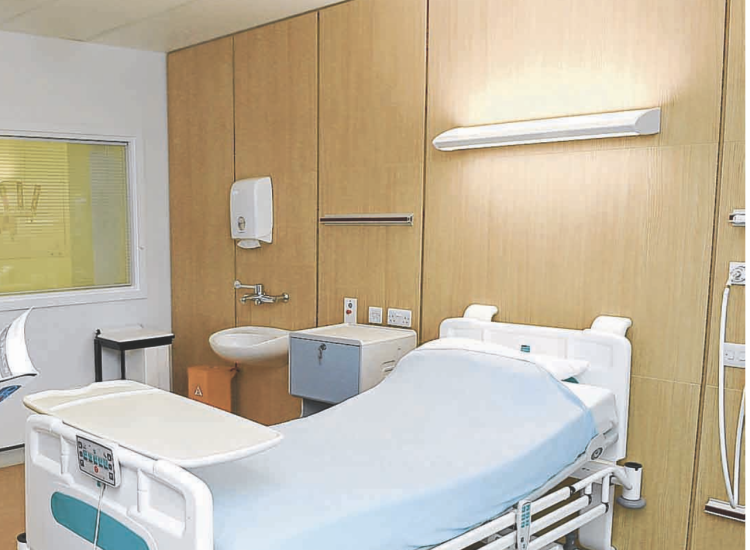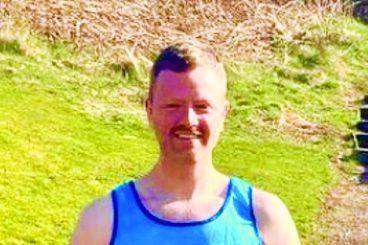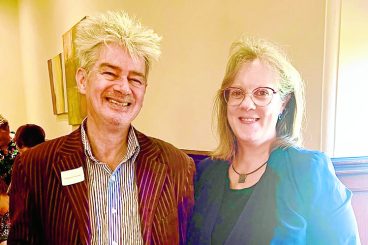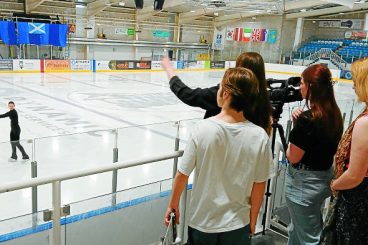A RESEARCHER studying the phenomenon of medieval climate change at Caerlaverock Castle has reflected on his first few weeks working on site at the 13th century landmark.
As one of Scotland’s most iconic structures, Caerlaverock has long been a point of interest for academics, archaeologists and historians. However, the research team led by Dr Richard Tipping from the University of Stirling are focusing on the predecessor of the imposing triangular fortress we know today.
“If you walk down past it, you get to the old castle, and that’s still marked out – you can walk around it,” Dr Tipping said, who’s studied the environmental history of Caerlaverock since the excavation of the old castle in the early 2000s.
“At that time they basically excavated the whole castle in its entirety and tried to date it,” he explained. “We went down to try and understand the contemporary environment of it and we did that largely by recording the sediments that formed in the moat of the castle and some ditches around the castle.
“Normally, we’d expect the moat and the ditches to fill-up with freshwater peat, because nothing much happens in a moat apart from vegetation dies and decays. What we found instead was that the peat forming in the ditches and the moat were inundated with a sort of mud effectively – and that mud had small microscopic organisms in them called diatoms. Diatoms tell you what the solidity of water is.
“When we looked at the diatoms in the mud we realised that this was actually sea water coming into the moat, and so we started to think that there was more to the story at the old castle, so we tried dating that and it turns out that some of these muds are contemporary with the castle itself.
“We think that these deposits that were affecting the castle were coming in from the coast on major storm surges; we have evidence from around the castle that these storm surges generated very large shingle or gravel ridges that slammed into the coast at Caerlaverock and we can show that these crossed the Solway Firth because there were rocks in the gravel that only occur on the western side of the Solway.”
Dr Tipping explained that these extreme weather patterns present a “good reason” as to why the original castle was abandoned in 1271 for the new defence, 200 metres higher above sea level.
And he added that archaeologists first theorised the castle’s inhabitants, the Maxwell family, moved due to the structure sinking into soft ground.
“But we think that an equal or better reason was this idea of medieval climate change and the fact that over a period there were large storm surges coming across the Irish Sea,” he said.
“What’s happening now is widely believed to be human caused,” Dr Tipping added, making reference to the climate crisis and global destruction of wild habitats, “but there have been climate changes that are perfectly natural that have gone on all the way back to the ice ages.”
The study is honing in on the change between “one stable climate and another stable climate” – specifically between the Medieval Warm Period and the Little Ice Age, which is believed to have occurred from the early 14th century.
“It’s that transformation when things become unstable and unpredictable and extreme events happen,” Dr Tipping said, adding that his team are aiming to date the storm surges more closely to determine if they occurred in this climate transition period.
“We’re looking for the effects in the past of what we expect to happen in the near future as our climate system starts to break down.”
Findings from the project – which is funded by the Castle Studies Trust with backing from Historic Environment Scotland – will be published next year.





